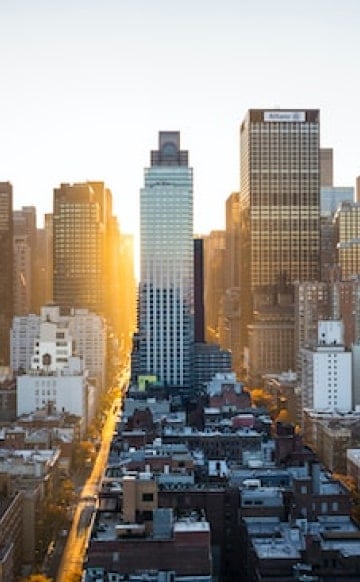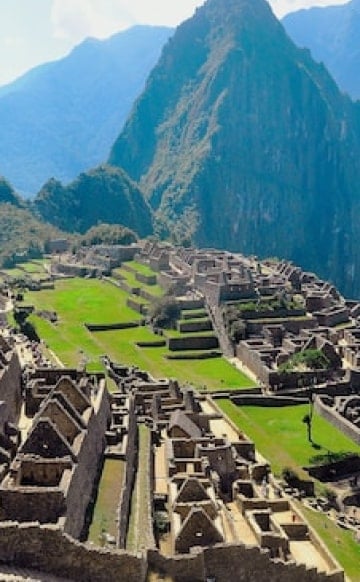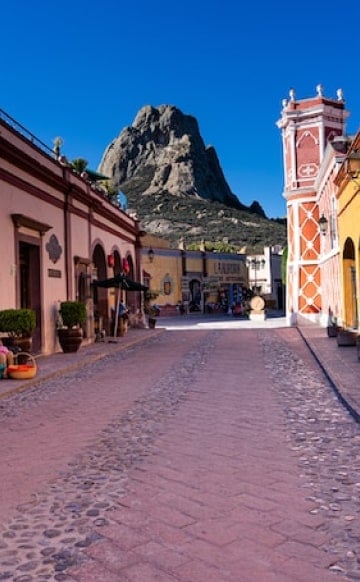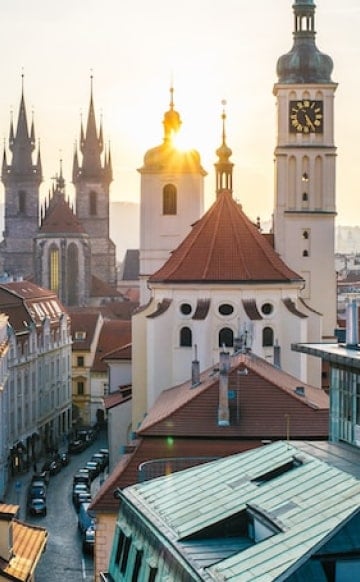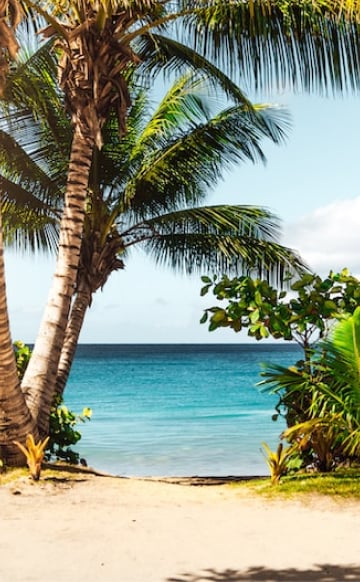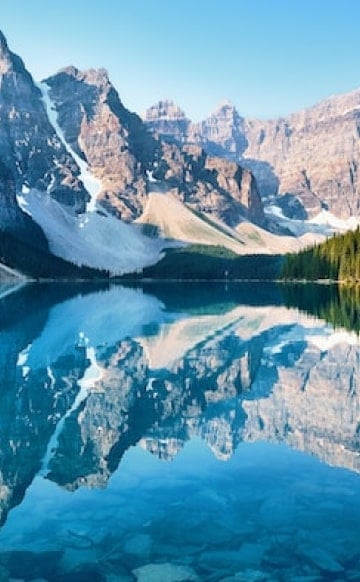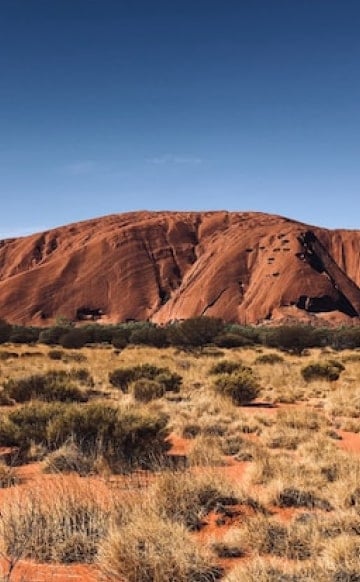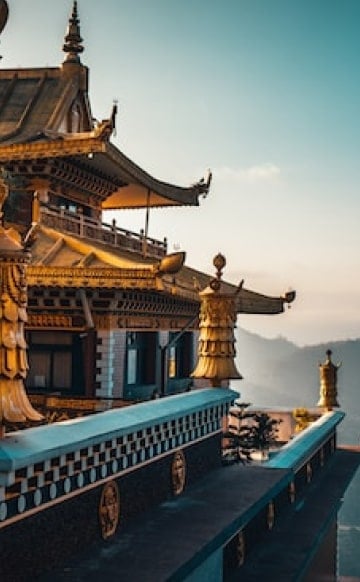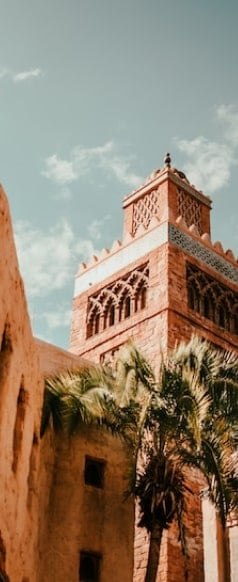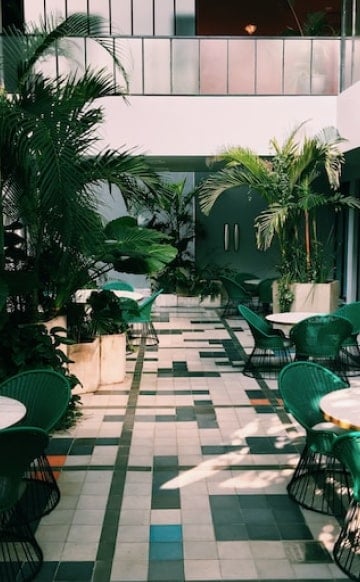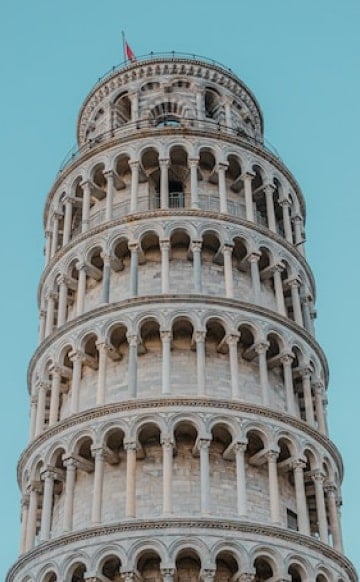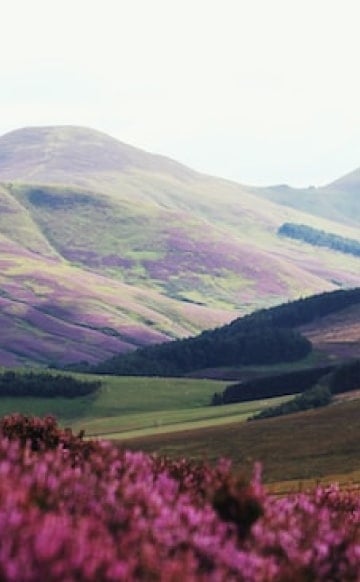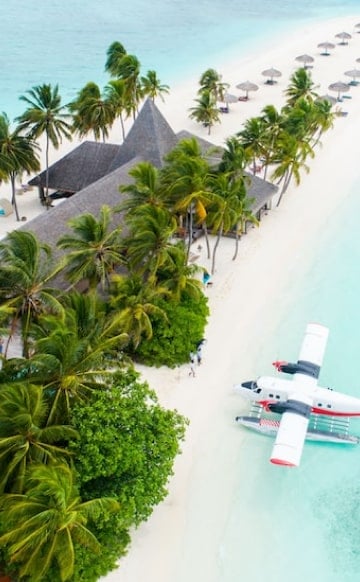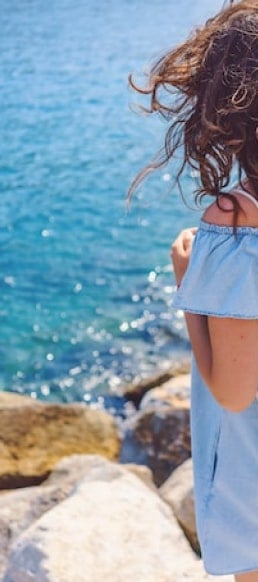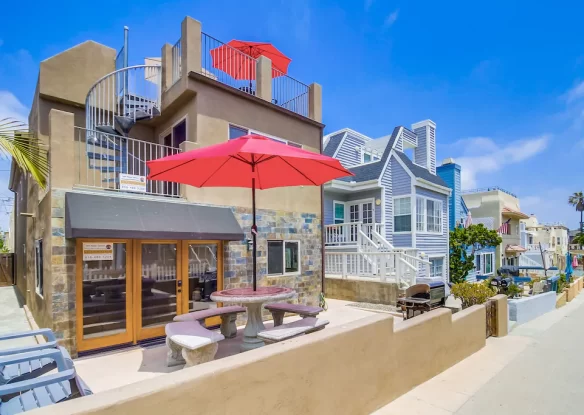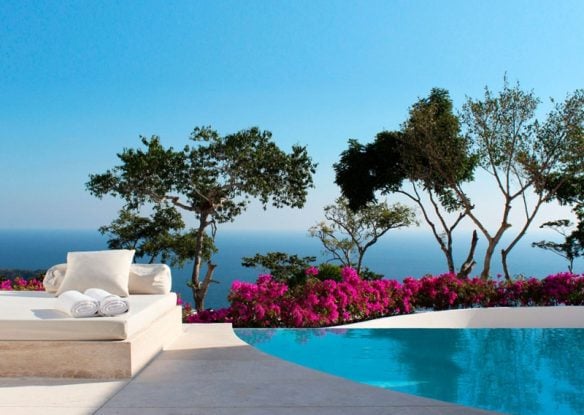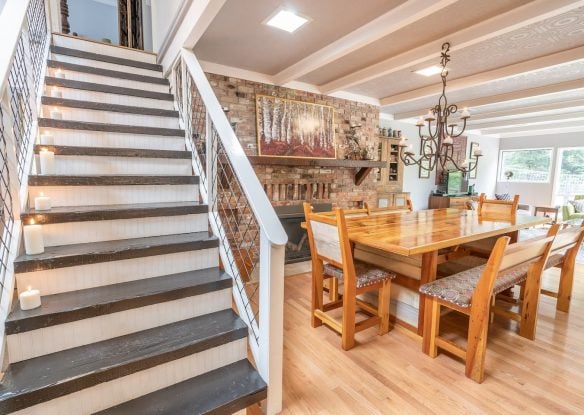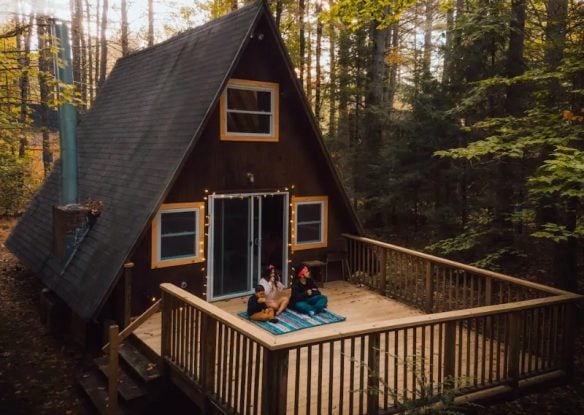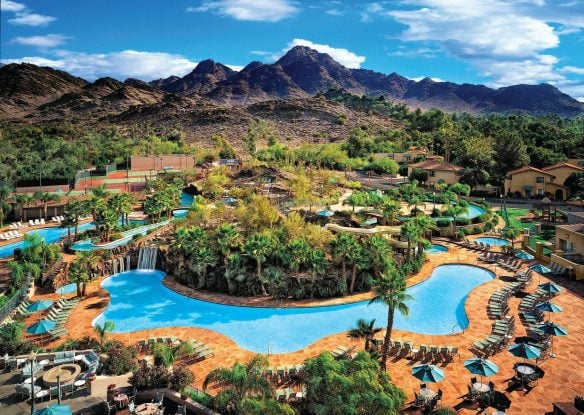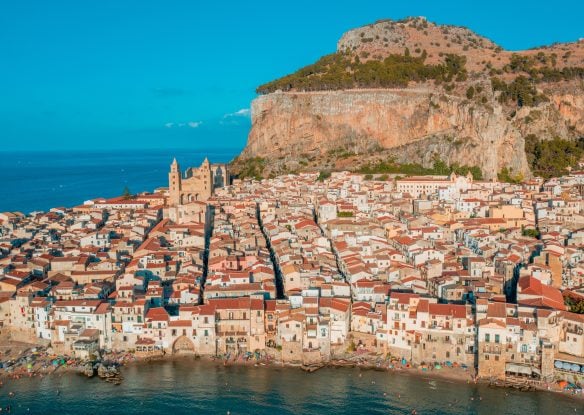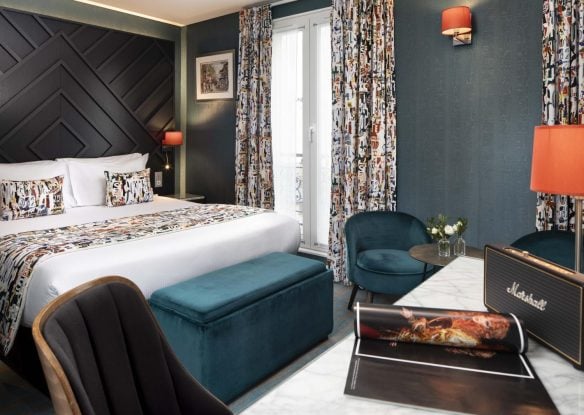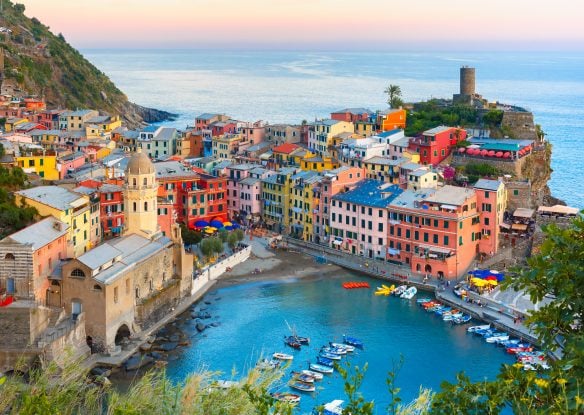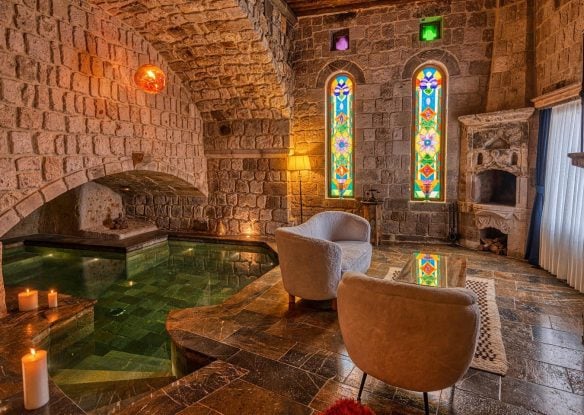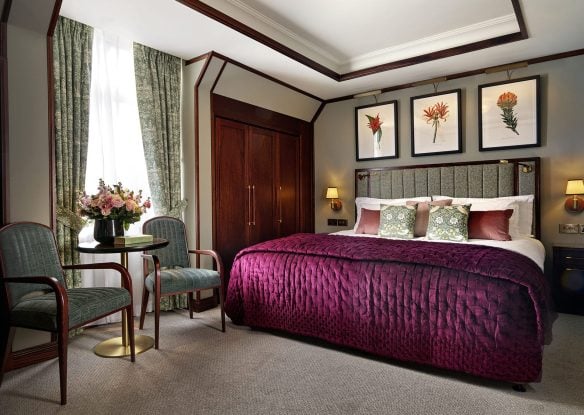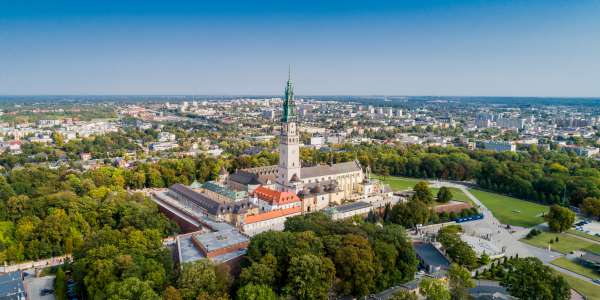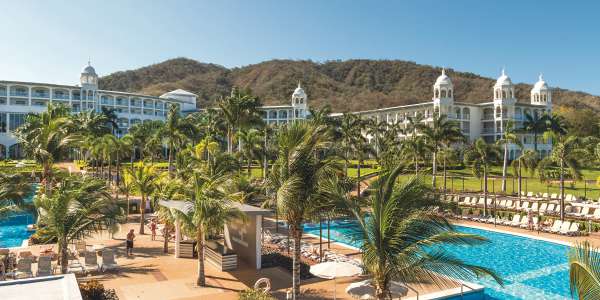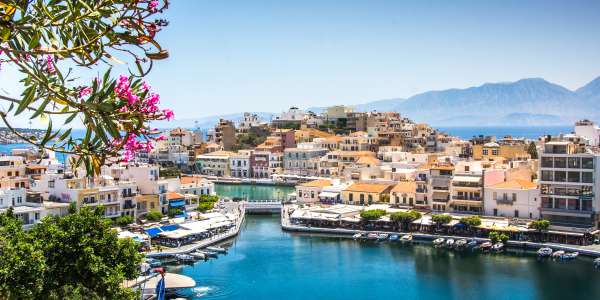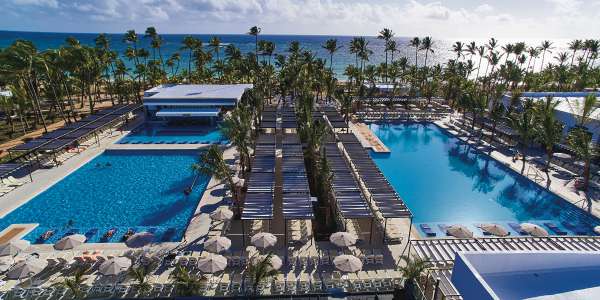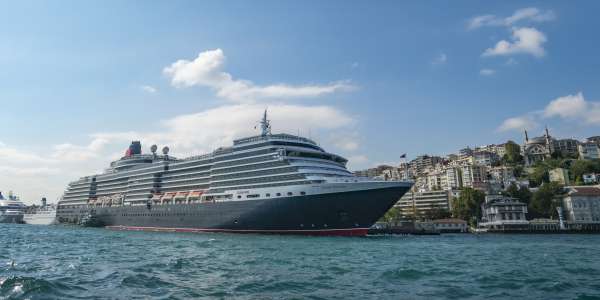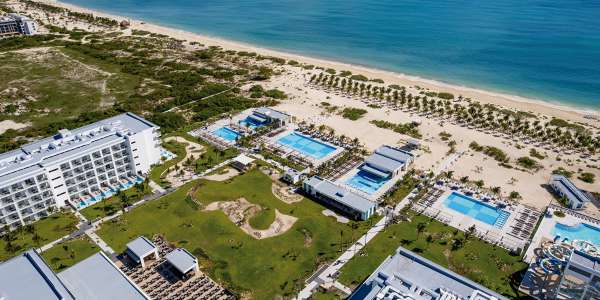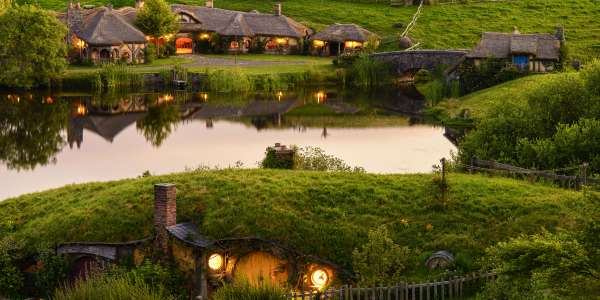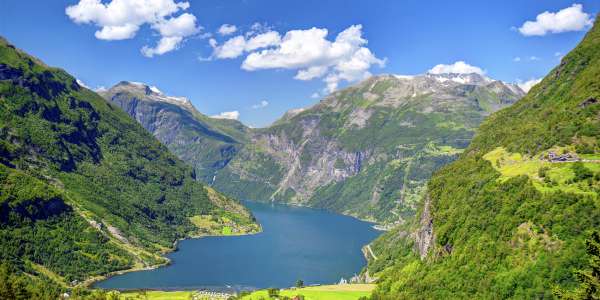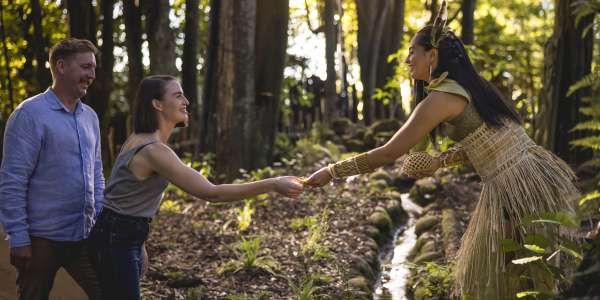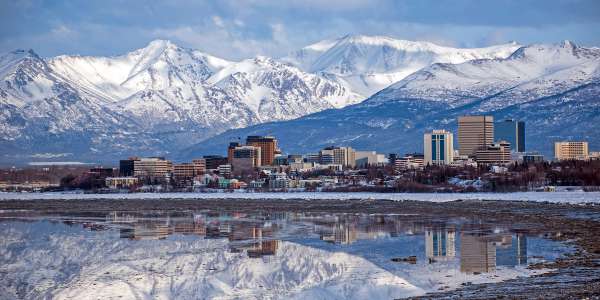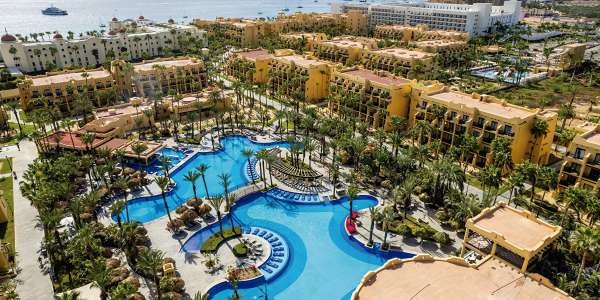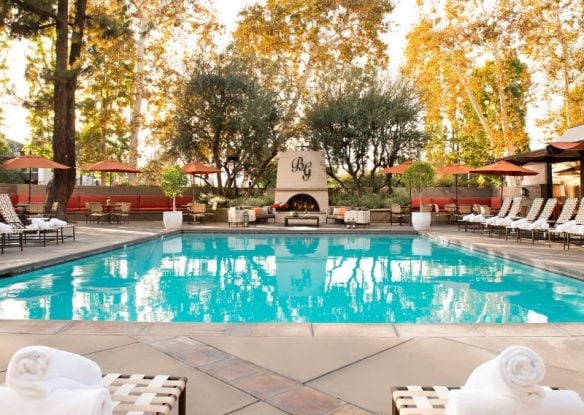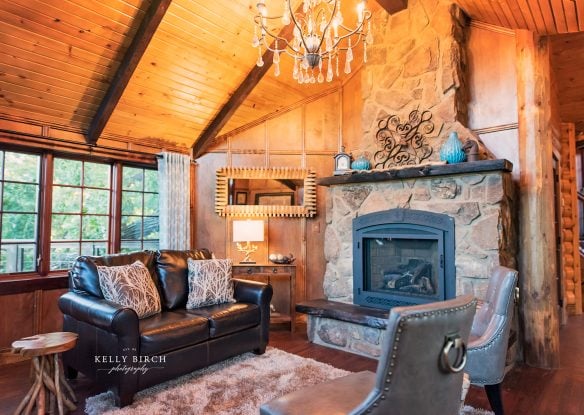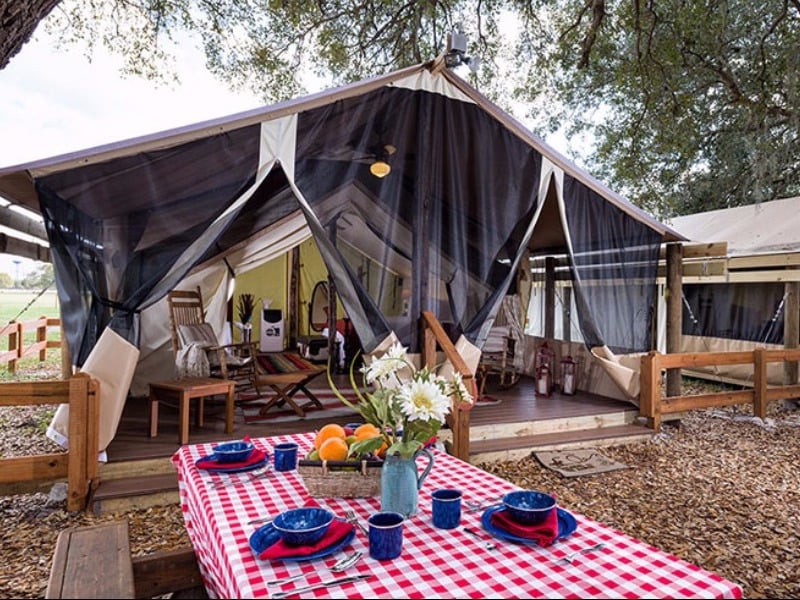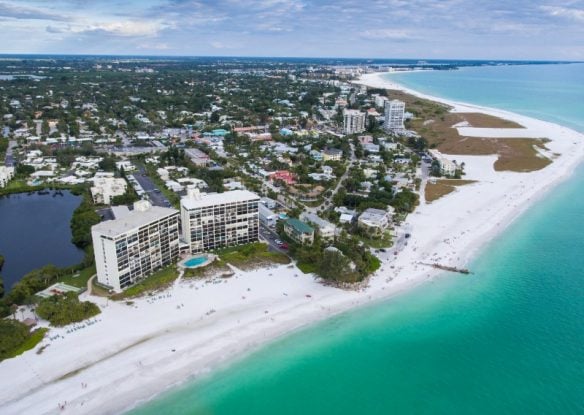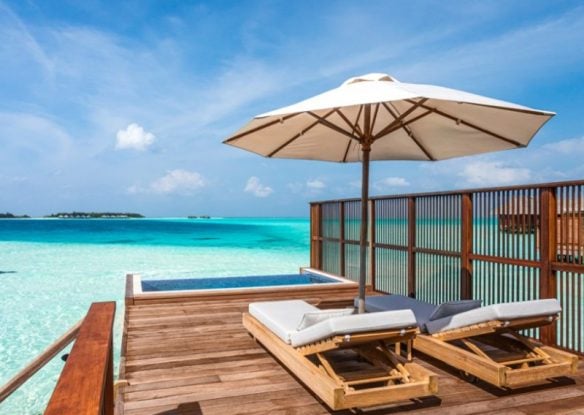Montenegro is often noted as the most beautiful Balkan country, some say one of the most picturesque on earth, as a land of fairytale landscapes including a breathtaking, rugged coastline, cobalt-blue fjords, soaring mountains, majestic rivers, lush valleys and ancient palaces. If you’re planning a trip to Montenegro, you’ll want to include these must-experience destinations on your itinerary.

Perast
This, small, quiet town offers an ideal escape from the busier seaside resorts and is also one of the most beautiful spots in Boka Kotorska. While it was once a bustling town of sailors, today, its population numbers just 400, filled with mostly abandoned renaissance and baroque palaces, a testament to its former opulence. There are 16 preserved palaces, including Bujovic, a baroque palace that sits at the town’s entrance, and just as many old churches as there are residents.
While you’re here, be sure to take the short boat ride to Our Lady of the Rocks, a man-made islet in the bay with a beautiful church and museum. While there are no sandy beaches here, you can enjoy relaxing and soaking up the sunshine on numerous small stone and concrete docks that jut out into the sea. Climb to the top of the belfry at St. Nikola Church and you can take in magnificent views of the town and surrounding area.

Lake Skadar
Lake Skadar, also called Scadar or Scutari Lake, is the largest lake on the Balkan Peninsula. It covers anywhere between 143 and 212 square miles, depending on the time of year, with two-thirds in Montenegro and the remainder in Albania. The lake is one of the most important reserves for wetland birds in all of Europe, with the endangered Dalmatian pelican nesting here, along with 256 other species. The Montenegro portion of the lake is protected by a national park, an especially picturesque region that encompasses steep mountains, historic churches and hidden villages. It’s also home to wildlife like wolves, foxes, otters and weasels, though its spectacular natural beauty is what makes it a must-see.

Bay of Kotor
The Bay of Kotor, or Boka Kotorska, is often called the Mediterranean’s only fjord, though that’s not technically correct, the vision that it brings to mind most certainly is. As you float through its glistening waters, the scenery becomes more and more majestic with the mountains becoming steeper and steeper. While many people arrive here for a day trip from Dubrovnik, Croatia, you may want to stay a while and explore its hidden nooks. Active types can find a guide for a kayaking trip across the bay, but if you don’t want to exert that much effort, a number of companies offer boat tours and yachting cruises.

Old Town of Kotor
The Old Town, and most famous part of Kotor, is a UNESCO World Heritage Site, and one of the best preserved medieval towns in the Adriatic. It sits in the shadows of St. John’s Hill, with the walls protecting it a true fortification masterpiece, skillfully crafted into the natural steep slopes of the hill. Within the walls, you’ll find a multitude of medieval structures, including palaces, cathedrals, churches and museums, with their beauty complemented by picturesque squares and narrow streets. The best way to see it all is to begin at the main gate and work clockwise. From the Arms Square, you’ll go across the Flour Square to the Cathedral, then to the Maritime Museum, the Churches of St. Luka and St. Nikola. If you’re up to the challenge, be sure to climb up to the Castle of Saint Giovanni, where the views of the bay and Old Town are absolutely extraordinary.

Budva
Budva’s Old Town is similar to Kotor and one of the oldest in the Adriatic. By going up to the city wall, you can enjoy some of the best views, including the narrow streets that touch down to the small bays with crystal clear water. It’s often referred to as “Montenegrin Miami,” as it’s the most crowded and most popular tourist resort in the country, complete with beaches and an exciting, wild nightlife. While this is a great place to stay for travelers that are looking to party, not so much for visitors who prefer a more tranquil experience. In the height of the season, sands are blanketed with vacationers from Ukraine and Russia, while the ultra-wealthy park multimillion-dollar yachts in the guarded marina. After dark, you’re likely to run into plenty of scantily clad women encouraging you to go into the beachside bars.

Sveti Stefan
The small island of Sveti Stefan is one of Montenegro’s most popular destinations. This former fishing village with houses that date back to the 15th century, is now one of the top most glamorous destinations in the world, attracting celebrities and other VIPs, including Queen Elizabeth II and Sophia Loren. One of the most unusual, and breathtaking, places throughout the Mediterranean, it stands upon the cliff of the rocky island with roofs as red as rubies, while a sand isthmus connects it to the land. You can see the island by enjoying a meal at the Olive Tree, owned by the Aman Sveti Stefan Resort, but if you want to visit the island itself, including its gorgeous pink sand beaches, you’ll have to stay at the pricey luxurious resort.

Durmitor National Park
This national park covering the Durmitor Mountain Range and a narrow branch heading east along the Tara River offers absolutely jaw-dropping scenic beauty. The dramatic landscape, carved from limestone with ice and water over time, is home to 48 peaks that tower more than 6,500 feet in altitude, with the highest, Bobotov Kuk, reaching nearly 8,300 feet. In the wintertime, it’s a major ski resort, while summer attracts hikers, paddlers and other outdoor enthusiasts. Three magnificent canyons can also be found here, including the wild Tara River, home to the deepest gorge in all of Europe at 4,265 feet. Rivers flow under the park as well. Waters from Black Lake travel below the Durmitor Massif to the upper canyon valley of the River Komarnica, and the park is also filled with more than a dozen sparkling lakes. The high plateau can be reached by numerous trails and has three shelters for those who’d like to overnight: a hut, a refuge, and a bivouac. Be sure to visit the ice cave, filled with icy stalactites and stalagmites all year round – a perfect place for hikers to cool off, even in the middle of July, with cold water dripping from the ceiling.

Petrovac
This small, romantic coastal town located between Budva and Bar, where the old mountain road from Podgorica reaches the coast, is surrounded by olive groves and pine forests set within a picturesque bay. Not only is it beautiful, but Petrovac has a rich, interesting history, with its first inhabitants settling here in the 3rd century AD, according to the Roman mosaics the town is famous for. It also has three main beaches, with its central beach known for its red-hued pebbles. Lucica is famous for its sky-blue water and soaring pine trees that surround it. From here, you can take a scenic walking path to nearby Buljarice Beach, one of the longest beaches on the coast at about 2.5 miles in length. It’s surrounded by wetland, home to a multitude of migrant birds. History buffs will want to visit the old monastery and Castello fortress, which served as a storehouse for wine and olive oil in the past, today a historical monument with a beautiful terrace where you can take in glorious sunsets.

Ulcinj
Ulcinj is Montenegro’s most southern coastal town, offering the chance to experience the feel of Albania without crossing the border. More than half the population is Albanian, and its elegant minarets of the numerous mosques give it a distinctly Eastern feel, along with the lively music coming from the kebab stands around Small Beach. If you’re here in July or August, you may want to avoid this crowded area, filled with umbrellas and sunbathing bodies, and take a stroll southeast to the succession of rocky bays with clear water and more room to stretch out.

Mrtvica Canyon
Located in central Montenegro, the enchanting Mrtvica River carved this canyon with cliffs that rise up to 3,600 feet. An old road, carved into its steep rock walls, serves as a hiking trail, offering the chance to take in incredible views of unspoiled nature and hidden secrets like the Gate of Wishes, a unique spot where it’s believed that Villa from Maganik will grant whatever you wish for, as long as it’s not intended to harm others. The roughly eight-mile trek leads up to a stone bridge built by Prince Danilo as a legacy to his mother.

Cetinje
The former capital, established in the 15th century, is the historic heart of the old kingdom of Montenegro. It rises from a green vale, surrounded by grey mountains like an old mix of old and new, with overgrowing villages, single-story cottages and grand mansions sharing the same street. Several of the mansions, which date from times European ambassadors dallied with Montenegrin princesses, are now museums or schools for art and music. As accommodation is limited, most visitors pop in and out via tour bus. While you’re here, be sure to check out the main square and King Nikola’s former palace, now a museum.

Lovcen National Park and Njegos Mausoleum
Lovcen National Park is unlike any of the other nature reserves in the country, known for the historical buildings scattered among the Mediterranean landscapes as well as miles and miles of trails, great for hiking or biking. Dominated by Mt. Lovcen, while the scenery is spectacular, the main reason to head here is the Njegos Mausoleum, built upon the park’s second highest peak, Jeserskil, at 5,446 feet. While you can drive to the top, you’ll need to climb the final 461 steps. Once there, you’ll be rewarded with panoramic views of three-quarters of the entire nation on a clear day. The mausoleum, where two granite giantesses guard the tomb of Montenegro’s greatest hero, is built within the mountain. Inside under a golden mosaic canopy a 28-on Petar II Petrovic Njegos rests in the wings of an eagle, carved from a single block of black granite.

Njegusi
After your visit to Cetinje or Lovcen, be sure to visit Njegusi, themost famous Montenegrin village as the birth place of Petar II Petrovic Njegos, and the rest noblemen of the dynasty Petrovic. The picturesque village sits on the slopes of Mount Lovcen with stunning views of the Montenegrin coast and refreshing mountain air – if the weather cooperates, you can even see Italy’s coastline. Enjoy famous Njegus smoked ham, cheese and mead, and visit the home Njego was born, now open as a museum.

The Ostrog Monastery
Ostrog Monastery, the most important Orthodox Christian pilgrimage site in the country, is located near the village of Bogetici, set upon an almost vertical cliff, high up the large rock of Ostroska Greda. It’s visited by thousands of pilgrims from across the globe and travelers of all religions every year. Looking out from inside the monastery, you’ll see the mountains across Zeta Valley as well as the beautiful skies above, adding to the feeling that this is a very unique place of beauty where heaven and earth meet – no matter what your beliefs.

Biogradska Gora National Park
Tucked within the Bjelasica mountain range, this lovely national park features 1,600 hectares of virgin woodland as one of Europe’s last three remaining primeval forests. While this is the smallest of Montenegro’s national parks, it contains a huge diversity of flora and fauna, with 220 different types of plants, roughly 200 bird species and mammals like roe deer, wild boar and wolves, and, rarely brown bear. Here you’ll be surrounded by soaring mountains and beautiful lakes where you can enjoy boating, with boat rentals available, as well as fishing and camping in log cabins. If you’re up for a hike, a 10.5-mile hike will bring you up to Mt. Bendovac offering beautiful lake views before continuing to Mt. Razverse.

Stari Bar
The old town of Stari Bar is found up in the mountains, an hour’s walk from the modern city of Bar. A small museum, just inside the entrance explains the site and its history. From here you can follow the green arrows around the major points of interest. In the western part of the town are the remains of St Nicholas’ Church which offers glimpses of Serbo-Byzantine frescoes. Its northern corner has an 11th-century fortress with views showcasing the isolated setting among mountains and olive groves. Nearby are the foundations of St George’s Cathedral dedicated to Bar’s patron saint. St John’s Church was completely reconstructed by one of the families associated with the original church. One of the few other buildings to have an intact roof is St Verenada’s Church, which contains a display of photography from the greater Bar area. Ottoman constructions include a solid and charming Turkish bathhouse, which dates to the 17th or 18th century, the 1752 clock tower and the 17th-century aqueduct that carried water from a nearby spring – it was reconstructed after the 1979 earthquake.

National Museum of Montenegro, Cetinje
The National Museum is a collection of four museums and two galleries housed in a complex of important buildings. You can purchase one ticket to see them all or you can just buy individual tickets. The fascinating History Museum follows a timeline from the Stone Age to 1955. The Montenegrin Art Gallery features a small collection of icons, the most important being the precious 9th-century Our Lady of Philermos, traditionally believed to be painted by St Luke himself. It’s beautifully presented in its own blue-lit ‘chapel’, but the Madonna’s darkened face is only just visible behind its spectacular golden casing mounted with diamonds, rubies and sapphires. Elsewhere in the gallery, all of Montenegro’s great artists are represented, including the most famous, which have their own separate spaces. You’ll have to take a guided tour to explore the King Nikola Museum, an 1871 palace hosting lavish furnishings, taxidermy animals and stern portraits.

Moraca Canyon and Monastery, Bare
The Moraca Canyon may not be the deepest in Montenegro – that distinction is given to the Tara River Canyon at 4,265 feet, but Moraca is more easily accessible and especially impressive in some places at up to two-thirds of a mile deep. It also features a number of suspension bridges. As the canyon begins to recede, the river continues, and about 28 miles from Podgorica, you’ll find the Moraca Monastery, one of the most important in Montenegro, along with Ostrog and Cetinje, featuring some of the country’s most accomplished religious art. Step back in time, into the 13th century when the monastery was founded, you’ll see the small St. Nicholas’ Church with its faded frescoes, though you can still make out the Madonna and Child above the door and an archangel on either side. The Church of the Dormition has external frescoes along with gorgeous doors inlaid with geometric patterns. Among the treasures inside, you’ll find Mitrofanovic’s The Virgin Enthroned with Child, Prophets and Hymnographers, dating back to 1617.
